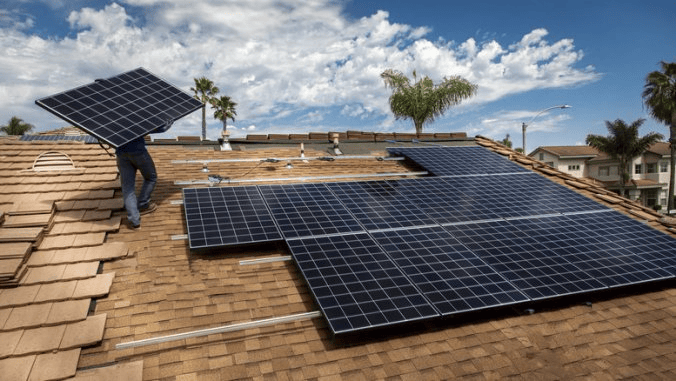What you should know before installing a Photovoltaic Power Plant on your home

The number of people interested in installing a photovoltaic power plant is rapidly increasing. Much like in the early days of computers, photovoltaics are no longer strictly for technology enthusiasts. They are now within reach of ordinary people, who were not interested in this type of technology before.
They are often not aware of a few things: How big of a power plant they should build; where the electricity should be stored and that it shouldn't be in a residential area; how to deal with surplus electricity; they should take note if they see the term "symmetrical inverter" in an offer.
A photovoltaic device costs tens to hundreds of thousands of Czech Crowns, with an output of several kilowatts and a service life of 30 years or more. It is therefore good to learn more about its design and operation.
So what should you consider and look out for before installing a photovoltaic power plant?
Power consumption and how it progresses during the day – the first thing you should be interested in and the basic parameter that determines how powerful (large) a power plant you need and what its settings should be.
Currently (2021), photovoltaics in the Czech Republic are primarily intended to cover their owner's personal consumption of electricity, not to produce a surplus and sell power to the grid. The power plant therefore needs to be set up in such a way that a household or business can consume most of the electricity the plant produces. The current subsidies (see below) are also set up for this purpose. If you have a small consumption of up to 2 MWh per year, it is worth considering whether investing in your own power plant is worthwhile or not.
The photovoltaic panel is a basic component of the power plant that generates electricity. The color of the photovoltaic panel is normally black or dark blue, measures approximately 1.6 × 1 metre and weighs approximately 20–25 kilograms. The power generated by such a panel is between 300–380 Watts.
The front side consists of durable glass in an aluminium frame that covers the photovoltaic cells. The back side of the panel is plastic and has an output socket for connection to the rest of the power plant – a junction box with two cables. This type of panel delivers the best price/performance ratio.
Most solar cells available on today's market come from China. But this is no cause for concern. Over the past 10 years, China has become a superpower in the production of photovoltaic cells, inverters and batteries. In fact, Chinese photovoltaic technology is of superior quality.



